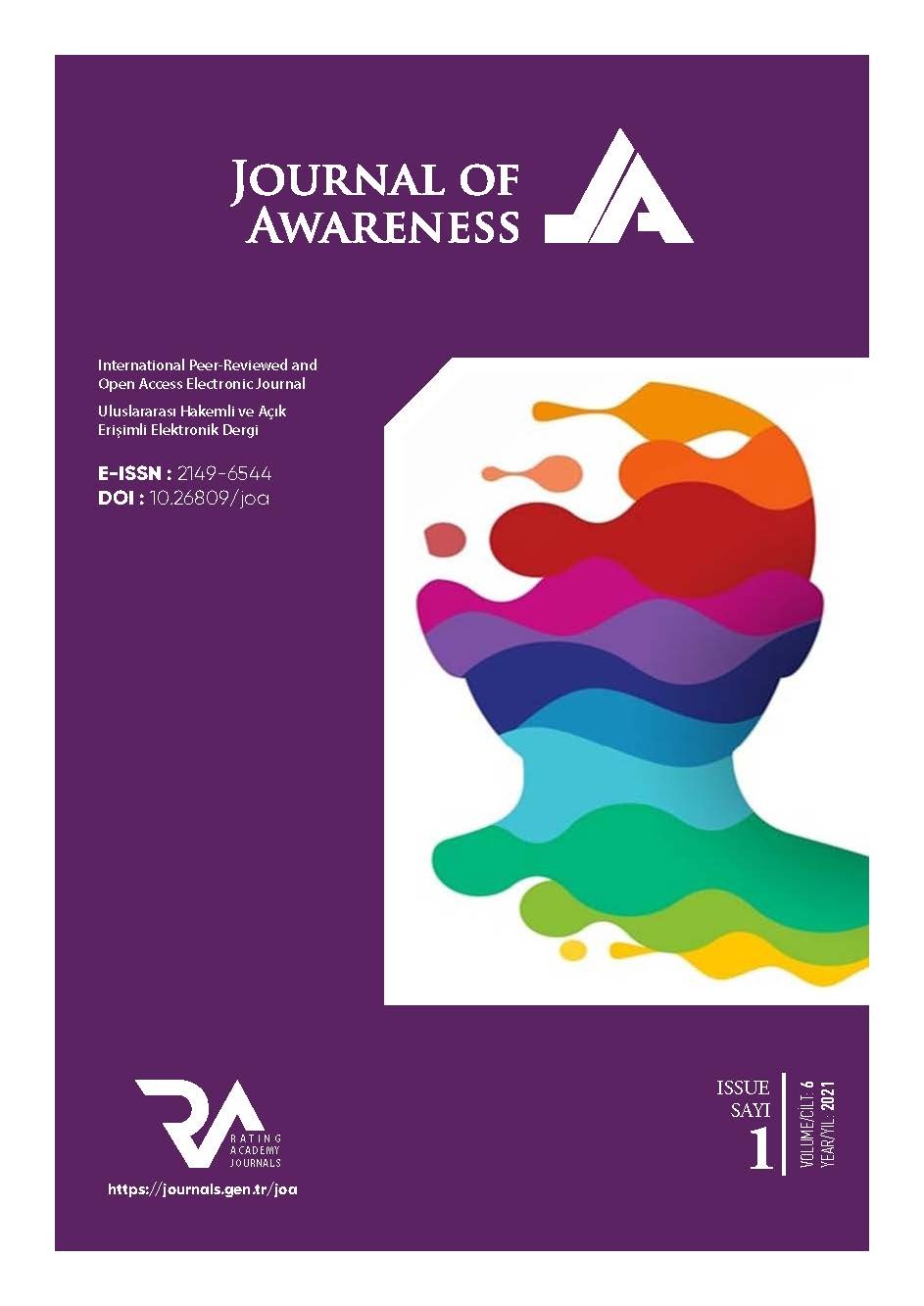OPERATION COVİD-19: NEGATIVE AFFECTIVE LANGUAGE AND LINGUISTIC MANIPULATIONS IN THE HEADLINES OF THE NEWS ARTICLES ABOUT TURKEY BY THE NEWS PLATFORMS BROADCASTING IN TURKISH
DOI:
https://doi.org/10.26809/joa.6.1.08Keywords:
Turkey, Covid 19, Negative Affective Language, Linguistics, Discourse, ManipulationAbstract
As an evolved tool of operation, human language includes new elements, techniques,and practices, such as (pre)judgments, emotions, subjectivity, positive-negative values, valences, and attitudes of speakers and authors. With these features, language creates an illusion between information, reality, news-reporting,and virtual reality, perception,and manipulation. Therefore, language cannot be regarded only as a communication tool that we can define as objective or neutral, but a communication and operation tool loaded with political, cultural,and ideological values. One field in which language is most effectively used as a menas of operation is media. This study analyzes the language and discourse used in the headlines of the news produced by the Voice of America Turkish, the Independent Turkish and Deutsche Welle Turkish media organizations during the Covid 19 pandemic. The study concluded that the headlines obtained as data used a negative affective language, which is the most prominent feature of political and ideological discourse. By using the permutation technique, which is a syntactic manipulation type, the word Turkey was used as the first word of most of the negative sentences. Rhetorical questions containing innuendos were widely used, creating negative perceptions to persuade the target audience to think, believe and act in the selected and desired way. The study argues that the headlines in question were the more biased openings of the biased media contents.
Downloads
References
BEARD, A. (2000). The Language of Politics. London: Routledge
BALL, A. (1991). The Language of News Media. Cambridge, MA: Blackwell
BALL, David M. (1997), Innuendo. Journal of Pragmatics, 27(1), January, 35-59
CLORE, G.L. & STORBECK, J. (2006). Affect as information about liking, efficacy, and importance. In J. Forgas (Ed). Hearts and Minds: Affective influences on social cognition and behaviour. New York: Psychology Press.
DOR, D. (2003). On Newspaper Headlines as Relevance Optimizers, Journal of Pragmatics, 35. 695-721. https://doi.org/10.1016/S0378-2166(02)00134-0
FORGAS, J. P. (1995). Mood and Judgement: The Affect Infusion Model (AIM). Psychological Bulletin, 117, 39-66.
FOUCAULT, M. (2005). The Order of Things: An Archaeology of The Human Sciences. London: Routledge.
FOWLER, R. (1991). Language In The News, London: Routledge.
HUNSTON, S. & THOMPSON, G. (2000). Evaluation in text: Authorial Stance and the Construction of Discourse. Oxford: Oxford University Press.
LICHTER, R. S. (2017). Theories of Media Bias, The Oxford Handbook of Political Communication. DOI: 10.1093/oxfordhb/9780199793471.013.44_update_001
NG, S. H. & BRADAC, J. J. (1993). Power in Language: Verbal Communication and Social Influence, Newbury Park: Sage Publication
NOWAK, K. & HEMANUS, P. (1975). A Comment on: “Propaganda and Indoctrination: a Tentative Concept Analysis” by Pertti Hemanus. Gazette (Leiden, Netherlands), 21(1), 40–43.
ROBERT, H G. & JOHN S S. (2015). Persuasion: Social influence and Compliance Gaining. NY: Routledge
SAUSSURE, L. D. & SCHULZ, P. (2005). Manipulation and Ideologies in the Twentieth Century. Amsterdam: John Benjamins, https://doi.org/10.1075/dapsac.17
SAUSSUR, L. D. (2005). Manipulation and Cognitive Pragmatics. Manipulation and Ideologies in the Twentieth Century Discourse Approaches to Politics. Society and Culture, https:// doi.org/10.1075/dapsac.17.07sau
SCHWARZ, N.G. & CLORE, G. L. (2003). Mood as Information: 20 Years Later. Psychological Inquiry, 14(3&4), 296–303.
VAN DIJK, T.A. (1988). News as discourse. Hillsdale, NJ: Lawrence Erlbaum
VAN DIJK, T. A. (2006). Discourse and manipulation. Discourse & Society, 17(3), 359– 383.
Downloads
Published
How to Cite
Issue
Section
License
Copyright (c) 2021 Holistence Publications

This work is licensed under a Creative Commons Attribution 4.0 International License.
When the article is accepted for publication in the Journal of Awareness, authors transfer all copyright in the article to the Rating Academy Ar-Ge Yazılım Yayıncılık Eğitim Danışmanlık ve Organizasyon Ticaret Ltd. Şti.The authors reserve all proprietary right other than copyright, such as patent rights.
Everyone who is listed as an author in this article should have made a substantial, direct, intellectual contribution to the work and should take public responsibility for it.
This paper contains works that have not previously published or not under consideration for publication in other journals.











